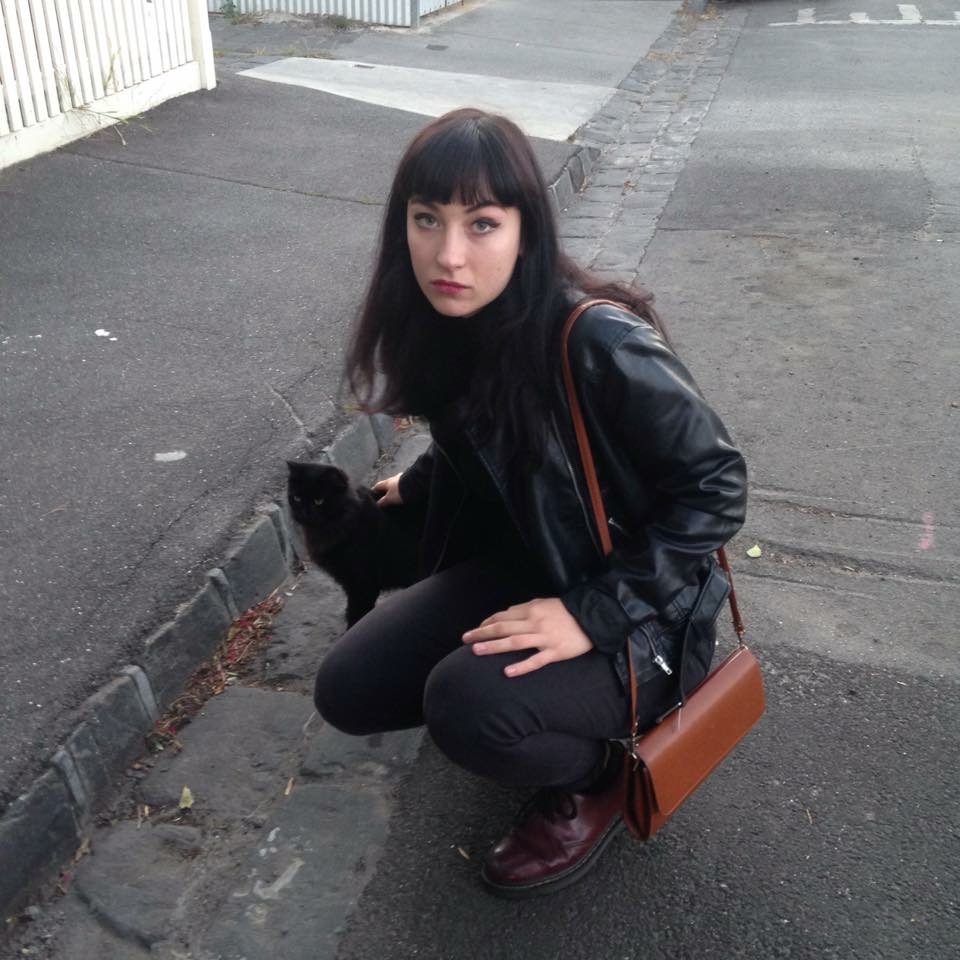sound
I noticed Atmos for the first time while watching this clip. There is Atmos recorded for the scene in the house. If this was cut from the movie, it would be uncomfortably quiet. I’m trying to notice the Atmos everywhere I go now.
This film is renowned for the ABBA soundtrack, and the way it’s implemented into visual cues is fabulous. The key slide at the beginning of ‘‘Dancing Queen’ is illustrated as Muriel pushes Rhonda down the wheelchair ramp. It’s a beautiful descension visually and musically. There’s no diegetic sound while the characters are in the car other than dialogue. This puts an importance on the track, as it’s more encompassing, rather than if it was play on the car radio for example.
shot construction
Beginning in the lounge room, Rhonda asks Muriel why she should leave. This shot puts her centre screen, however there is still ‘talking space’ if we measure from the eyes. The characters aren’t facing each other, as Rhonda’s head is turned to face Muriel in the door. Muriel replies where it appears she is standing next to Rhonda’s mother, however the depth of field makes it apparent that the mother is between them. There’s a shot I found disconcerting, where the back of the mother’s head faces the camera as she turns to address Muriel in the same shot. I rewatched this realising that the sequence is viewed through Rhonda’s perspective, hence the shot does not cut to the mother’s face addressing Muriel, as that would be Muriel’s perspective. This is reiterated when we see Rhonda’s eyes move to the girls and the camera cuts to a shot of them, accordingly. Muriel is then shot alone and we have visualised Rhonda’s choice between staying or going. As Rhonda then wheels past her mother, we snap out of her subjective view, and begin to see the narrative through the eyes of the audience.
production design
My favourite aspect of this film is the production design. Suburban Australia is something that I feel we shy away from in representations of Australia on screen, unless it’s in a negative light. This film’s success is based on a resonance to this culture, and that’s represented through the production design. The floral chairs in the lounge room, the agave bush in the front garden, a grey concrete driveway with weeds growing from the cracks. There’s something magnetic about unapologetic suburban Australiana. I grew up in an isolated small town, and travelling into the suburbs as a child was magical – from paved footpaths to buses, cul-de-sacs, mailboxes, milk bars. We had none of these things in my home town. Though suburbia is loathed in Muriel’s Wedding, it’s still represented. Moving to inner-city Melbourne I feel as though the city is attracted to metropolitan art and culture, and to be suburban is looked down upon. The premise of Muriel’s Wedding is escaping the suburbs to live in the city, but never forgetting that the place you grew up in made you the person you are today.
